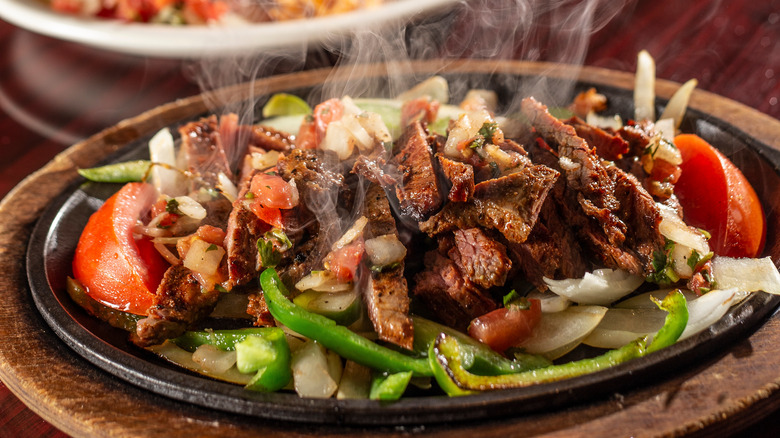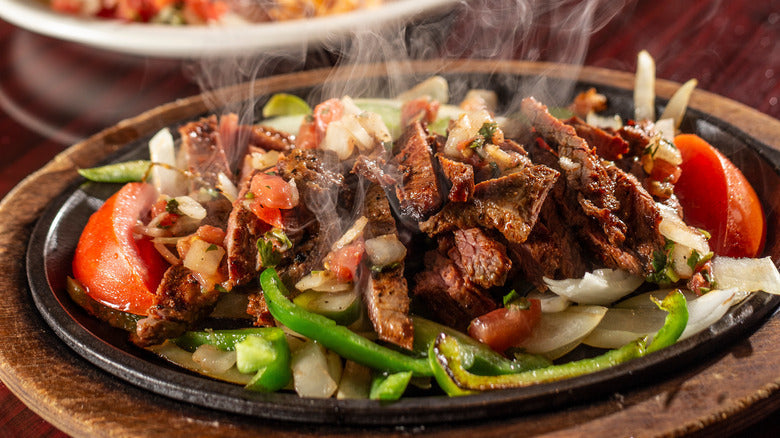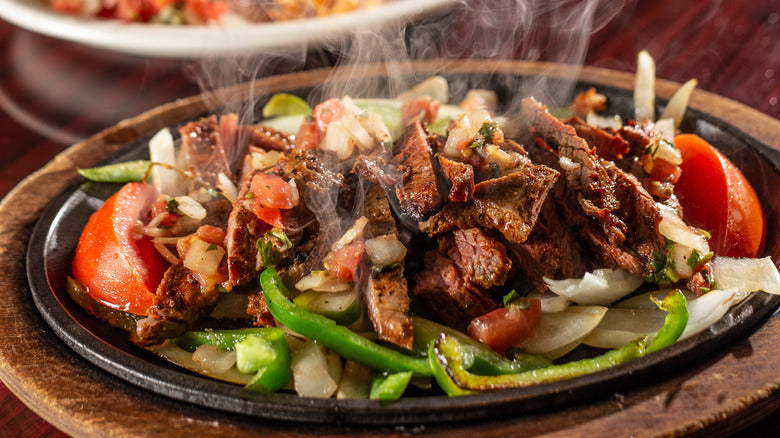Sizzling dishes are a staple in many kitchens, offering a theatrical flair that enhances the dining experience. However, they come with their own set of challenges, most notably the dreaded flare-up. Understanding how to prevent flare-ups with sizzling dishes is essential for every kitchen professional who wants to maintain both safety and quality in their cooking.
In this article, we'll explore the causes of flare-ups, effective prevention strategies, and the best practices for handling sizzling dishes. Our goal is to ensure that every dish not only sizzles but is also prepared safely, delivering the best possible culinary experience.

Understanding Flare-Ups
Flare-ups occur when fats and oils come into contact with an open flame, causing a sudden burst of fire. While they can add a rich, smoky flavor, uncontrolled flare-ups can lead to charred food and even kitchen fires. The key is to manage these flare-ups without compromising the integrity of your sizzling dishes.
Typically, flare-ups are caused by excess oils or greases that drip onto the heat source. Common culprits include fatty meats and oily marinades, which, while delicious, can be hazardous when not managed properly.
Causes of Flare-Ups
Understanding the root causes of flare-ups is the first step in preventing them. Here are the primary factors:
- Fat Content: High-fat foods like steaks or chicken thighs are more likely to drip grease onto the heat source.
- Marinades: Sweet or oily marinades can drip and ignite.
- Temperature: Overly high temperatures can exacerbate flare-ups.
Prevention Strategies for Flare-Ups
1. Choose the Right Equipment
Investing in the right equipment can make a significant difference. Using appropriate materials for sizzling platters can help manage heat distribution effectively. Consider materials that offer even heat conduction and are less prone to rust, which can introduce unwanted elements to your dishes.
2. Proper Preparation
Preparation is key. Trim excess fat from meats before cooking, and consider using a drip tray to catch any escaping juices. This simple step can significantly reduce the risk of flare-ups.
3. Temperature Control
Maintaining the right temperature is crucial. Start with a moderate heat and increase it gradually to ensure the fat has time to render without causing a flare-up. This method not only enhances safety but also improves the texture and flavor of the final product.
4. Use a Lid or Cover
Having a lid or cover handy can quickly smother any unexpected flames. Its a simple yet effective tool in managing flare-ups without affecting the dish.
Read more about using a tagine pot to master slow-cooking techniques that can complement your sizzling dishes.
Best Practices for Sizzling Dishes
Beyond preventing flare-ups, there are best practices every kitchen professional should follow to master the art of sizzling dishes:
5. Choose the Right Oil
Not all oils are created equal. Opt for oils with a high smoke point like canola or grapeseed oil to prevent burning and excessive smoke.
6. Regular Maintenance
Regularly clean your equipment to prevent the buildup of grease. This maintenance not only prevents flare-ups but also extends the life of your kitchen tools.
7. Awareness and Vigilance
Always stay vigilant when cooking with high heat. Quick reactions can prevent minor flare-ups from becoming major incidents.
For further guidance, consider exploring why sizzle platters belong in every kitchen for practical advice on enhancing your kitchen setup.
Conclusion
Understanding how to prevent flare-ups with sizzling dishes is crucial for every kitchen professional. By implementing these strategies, you can ensure a safer cooking environment while delivering dishes that are both visually spectacular and delicious. Remember, the key is not only in the preparation but also in the execution. With the right techniques and a little practice, flare-ups will become a thing of the past.

FAQ
What should I do if a flare-up occurs?
Remain calm and cover the dish with a lid to smother the flames. Never use water, as it can cause the fire to spread.
How can I choose the best sizzling platter?
Consider the types of sizzling platters available and select one based on material and heat distribution capabilities.
Is it necessary to clean my sizzling platters after every use?
Yes, regular cleaning prevents grease buildup, which can contribute to flare-ups. It also prolongs the lifespan of your platters.
This article contains affiliate links. We may earn a commission at no extra cost to you.






Leave a comment
This site is protected by hCaptcha and the hCaptcha Privacy Policy and Terms of Service apply.